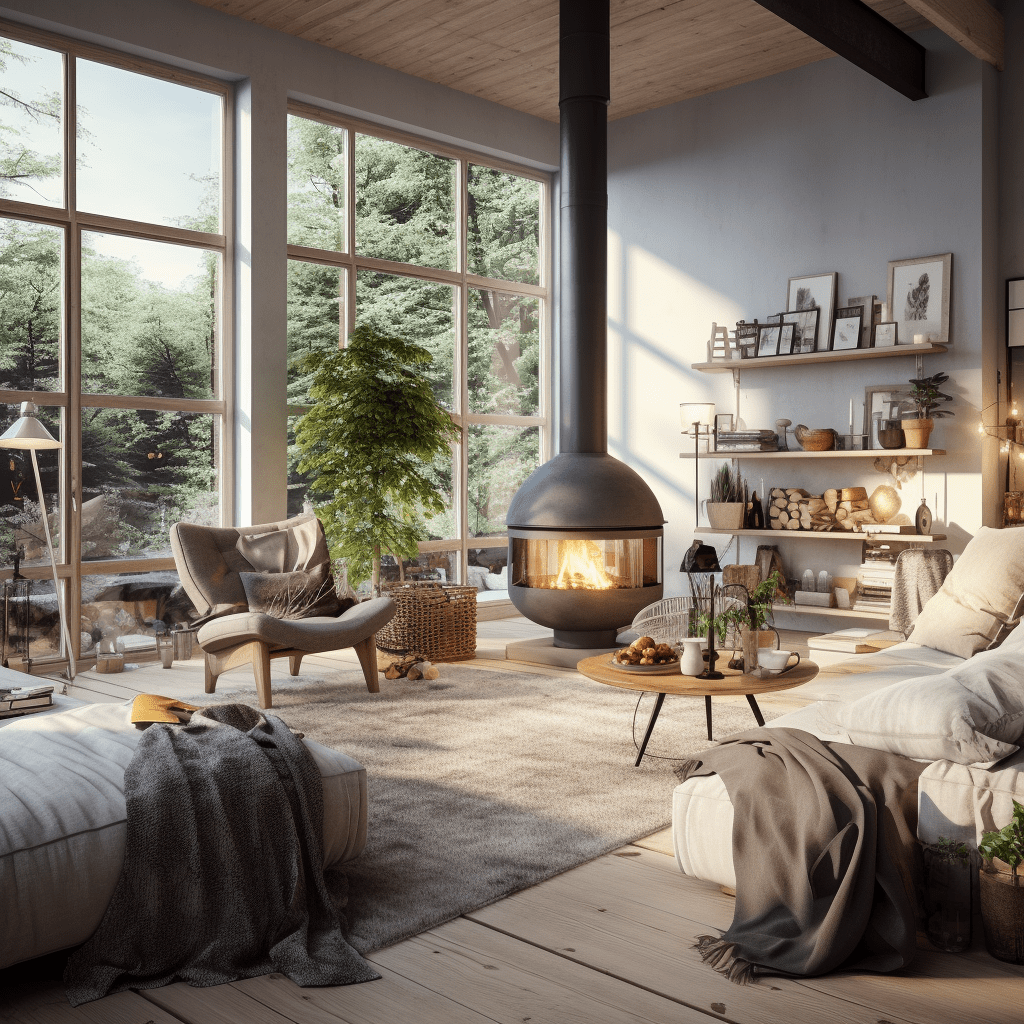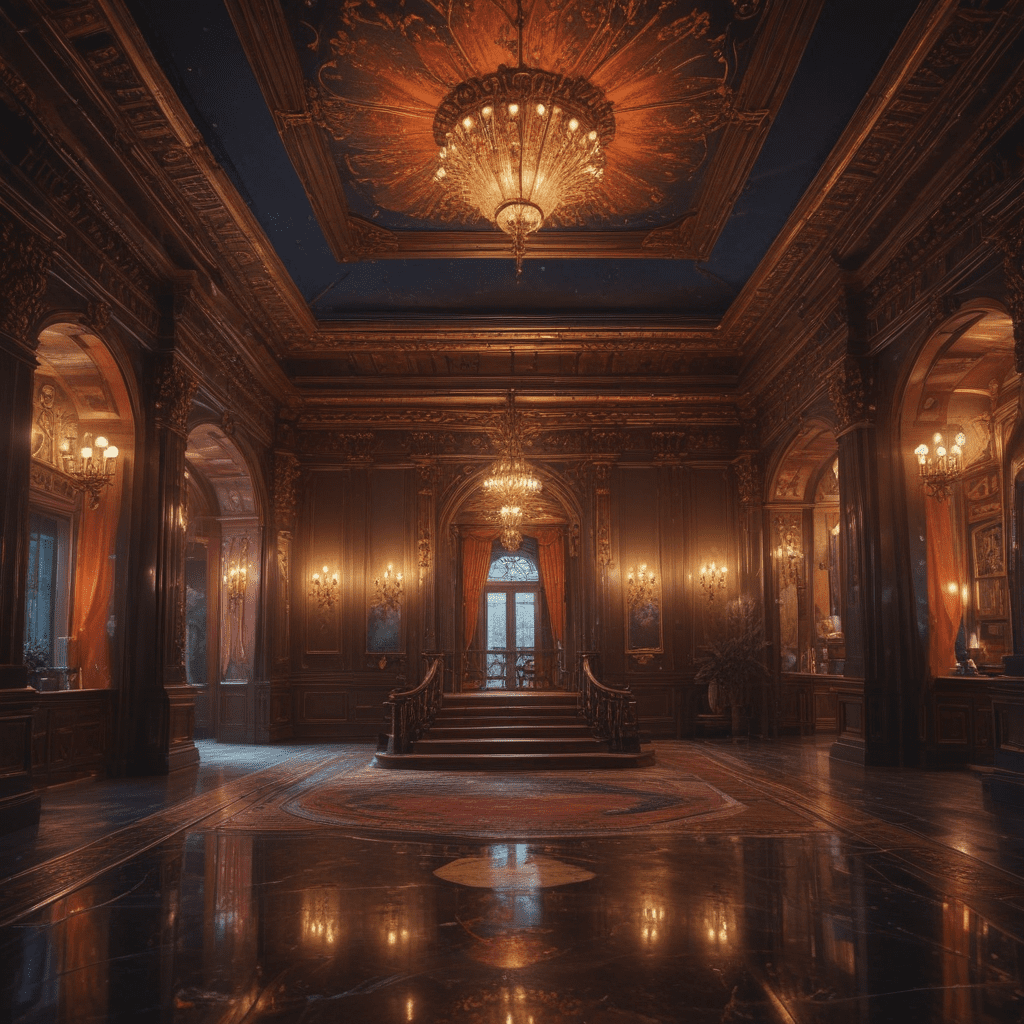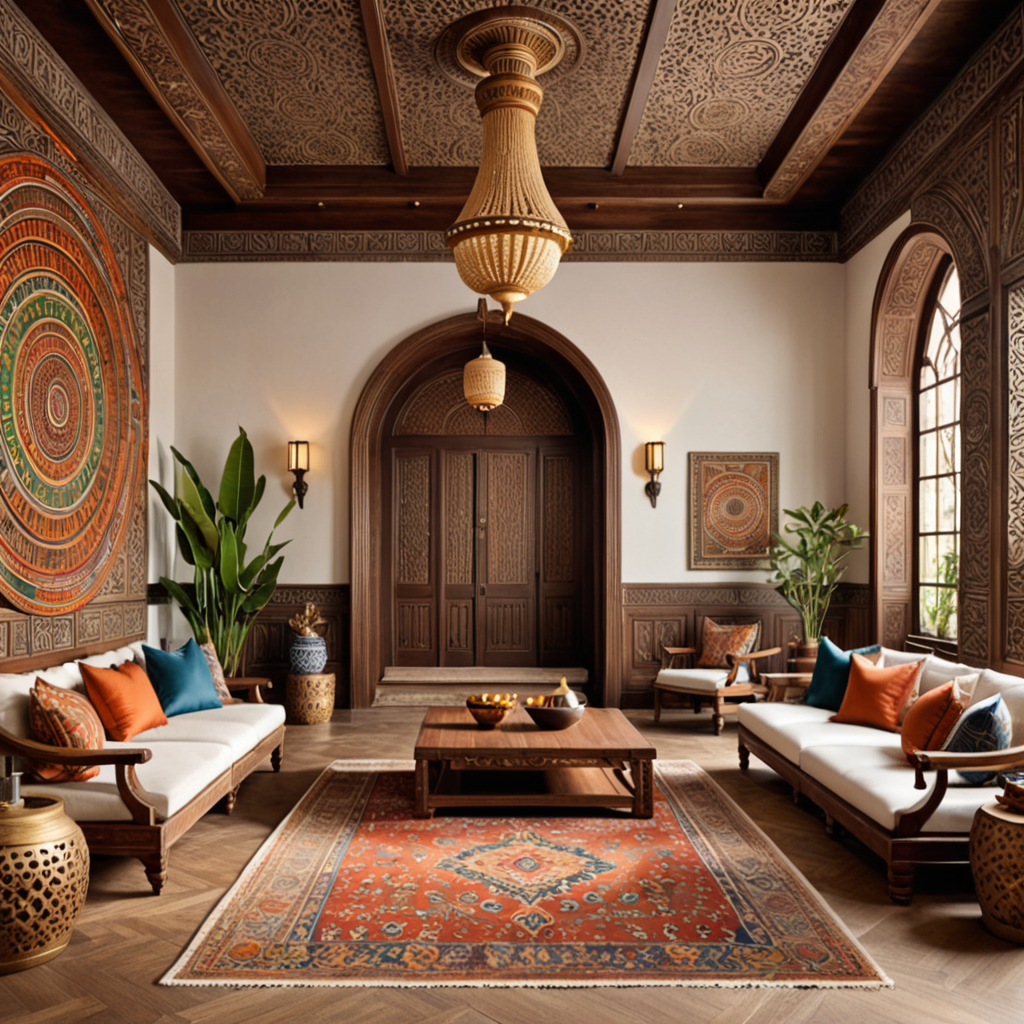How to Create a Cozy Hygge Interior Design


Hygge Interior Design: Creating Cozy and Inviting Spaces
In recent years, the concept of hygge (pronounced hoo-ga) has gained popularity in the world of interior design. Originating from Denmark, hygge is a Danish word that embodies the feeling of coziness, contentment, and well-being. It is all about creating warm and inviting spaces that promote comfort and relaxation. In this blog post, we will explore the key elements of hygge interior design and how you can incorporate them into your own home.
Embrace Natural Materials and Textures
One of the essential aspects of hygge interior design is the use of natural materials and textures. Embracing elements such as wood, stone, and jute can instantly create a sense of warmth and connection to nature. Incorporate wooden furniture, exposed beams, or stone accents to bring a cozy and rustic feel to your space. Additionally, consider using natural textiles like linen, wool, and cotton for upholstery, curtains, and throw blankets to add depth and comfort.
Soft and Warm Lighting
Lighting plays a crucial role in setting the ambiance of a space, and in hygge design, soft and warm lighting is key. Opt for warm-toned light bulbs or candlelight to create a cozy and inviting atmosphere. Use table lamps, floor lamps, or string lights to diffuse light and create a soothing glow. Avoid harsh overhead lighting whenever possible and instead opt for multiple light sources that can be dimmed to create a tranquil and relaxed ambiance.
Warm and Neutral Color Palette
To achieve the hygge look, opt for a warm and neutral color palette that exudes serenity and comfort. Shades of white, cream, beige, and light gray are commonly used to create a light and airy feel. These hues provide a blank canvas that can be easily layered with cozy textures and accents. Consider adding pops of muted colors like soft blues, pale pinks, or earthy greens to add depth and visual interest to your space.
Cozy Textiles and Layers
Hygge is all about creating a sense of comfort and coziness, and what better way to achieve this than by incorporating soft and plush textiles into your interior design? Blankets, cushions, and rugs are must-have elements in a hygge-inspired space. Choose chunky knit blankets, faux fur or wool rugs, and scatter cushions to create layers of warmth and coziness. Mix and match different textures to add depth and visual appeal to your rooms.
Create Intimate and Inviting Spaces
Hygge design encourages creating intimate and inviting spaces where you can relax and unwind. Arrange your furniture in cozy groupings to encourage conversation and connection. Consider creating a reading nook with a comfortable armchair, a small side table for your favorite books, and a soft blanket to curl up with. Adding a fireplace or a wood-burning stove can further enhance the feeling of warmth and coziness.
Bring Nature Indoors
Bringing nature indoors is another important aspect of hygge interior design. Incorporate natural elements like houseplants, fresh flowers, or branches from your garden to create a connection to the outdoors. Plants not only add visual appeal but also purify the air and create a sense of tranquility. Select low-maintenance plants like succulents, ferns, or peace lilies that can thrive indoors with minimal care.
FAQ: Frequently Asked Questions
1. Can hygge design work in different styles of homes?
Absolutely! Hygge design can work in various styles of homes, from modern apartments to rustic cabins. The key is to focus on creating a cozy and inviting atmosphere using natural materials, soft lighting, warm colors, and comfortable textiles.
2. How can I incorporate hygge design on a budget?
Hygge design doesn’t have to break the bank. Look for thrifted or second-hand furniture with natural wood finishes, utilize soft lighting through affordable table lamps or string lights, and shop for inexpensive blankets and cushions in cozy textures. Remember, it’s the feeling of comfort and contentment that matters most.
3. Is hygge design only suitable for colder climates?
While hygge design is often associated with colder climates, it can be enjoyed in any part of the world. The philosophy behind hygge is to create a cozy and inviting atmosphere, irrespective of the climate outside. Adjusting lighting, incorporating natural textures, and creating intimate spaces can help evoke a sense of hygge regardless of the weather.
4. Can I incorporate minimalism and hygge design together?
Yes, minimalism and hygge design can be combined harmoniously. Minimalism focuses on decluttering and simplifying, while hygge emphasizes comfort and coziness. By embracing a minimalist mindset and carefully selecting cozy elements, you can create a hygge-inspired space that feels serene, inviting, and free from unnecessary clutter.
5. How can I make my bedroom more hygge?
To make your bedroom more hygge, focus on creating a calm and cozy environment. Choose soft, natural textiles for bedding, layer the bed with plush cushions and blankets, and incorporate soft lighting through bedside lamps or string lights. Consider adding a small seating area or a reading nook to create a relaxed and inviting atmosphere.
6. Are there any specific decor styles that align well with hygge design?
While hygge design can be incorporated into various decor styles, some styles naturally align well with its principles. Scandinavian design, rustic farmhouse style, and bohemian decor often embrace the cozy and warm elements that hygge promotes. However, don’t be afraid to adapt hygge to your own personal style and preferences. The key is to create a space that makes you feel comfortable and content.



